
Starting June 1st, 2023 Our warehouse fee will be $0.65/cubic foot per month
In effort to lower the warehouse storage fee during inflation, we have went narrow aisle racking.This construction took us four months but the project is finally completed. With narrow aisle racking, we are able to drop storage by 24%.We as partners will go through this inflation together.
12/25/2023
Imagine a colossal labyrinth of goods, where every aisle and shelf is a critical artery in the beating heart of global commerce. Welcome to the world of distribution warehouses – the unsung heroes of the supply chain. These vast, bustling hubs stand as modern-day marvels of logistics and efficiency, orchestrating the flow of products from manufacturers to markets worldwide. In this article, your partner is Worldcraft Logistics delve into cover what is distributed warehousing, why ecommerce businesses are adopting it as a strategy, how to know if it’s right for your business...
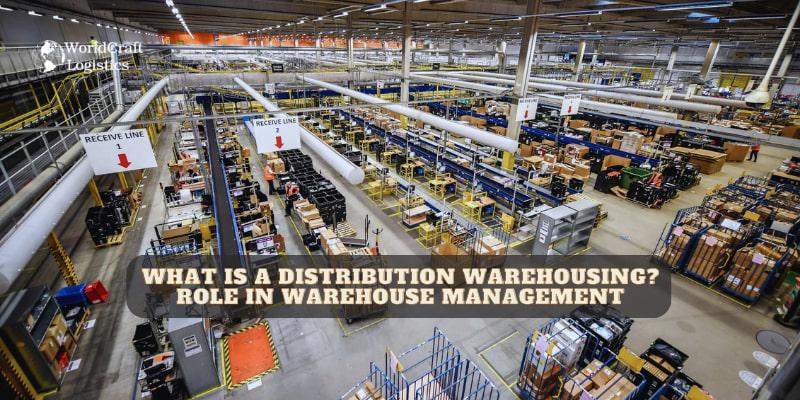
A distribution warehouse serves as a vital link in the supply chain, acting as the holding point for products after they leave their origin and before they reach a retail business or customer. However, the role of warehousing extends far beyond simple storage. For businesses of all sizes, warehousing and distribution encompass a broad array of additional services that ready products for dispatch. This can include tasks like packing, labeling, tracking, and shipping. Companies had full-service contract warehousing provider, offer comprehensive management of various supply chain components right from within the warehouse, ensuring a seamless transition of goods from storage to delivery.
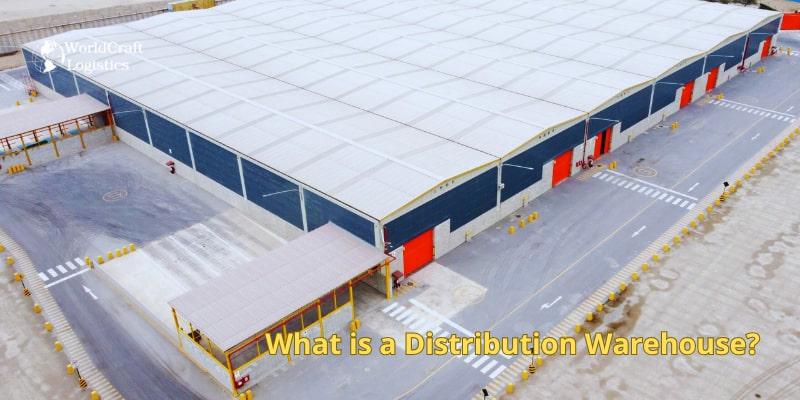
Sharing the flow of logistics industry knowledge, we have a few suggestions for you:
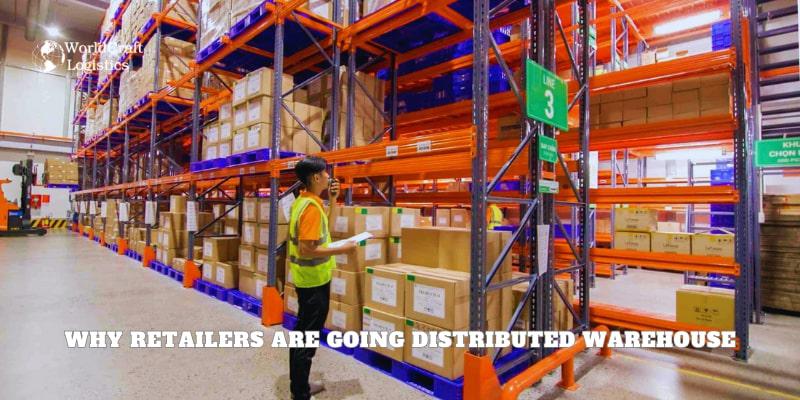
Retailers and small businesses are increasingly recognizing the advantages of the distributed warehousing model. This approach, involving the use of multiple distribution warehouses, offers several key benefits:
✍️ Faster Shipping to Meet Consumer Demands: Recent studies show that a significant majority of shoppers expect 2-day delivery, with 85% more inclined to purchase when this option is available. Distributed warehousing, by positioning products in fulfillment centers closer to high-demand areas, reduces the average distance for deliveries. This facilitates quicker shipping times without the need for costly expedited methods like air shipping. We observed a direct impact on sales when reducing lead times from three weeks to three days, noting improved customer satisfaction and conversion rates due to faster deliveries.
✍️ Reduced Shipping and Fulfillment Costs: The cost of delivery is a critical factor for customers, with a vast majority preferring free shipping over fast shipping. Since shipping costs are typically proportional to distance, distributed warehousing can significantly lower these expenses. By storing inventory closer to customers, the average shipping distance and therefore the cost decreases. By expanding into these centers, they not only improved 2-day shipping availability from 32% to 65% (soon to be 100%) for their customers but also achieved a 13% savings on their bottom line. This strategy also addresses the limitations they faced with Fulfillment by Amazon (FBA), offering a more cost-effective and customizable experience for their customers.
These insights underline how the distributed warehousing model is transforming the logistics landscape, making it a strategic choice for businesses aiming to enhance customer satisfaction while optimizing operational costs.
Choosing the right warehousing model for your business involves considering several factors, such as the scale of your operation, inventory size, product lifespan, capital availability, customer locations, and your growth aspirations. Here’s a breakdown of various warehousing options to aid in making a well-informed decision:
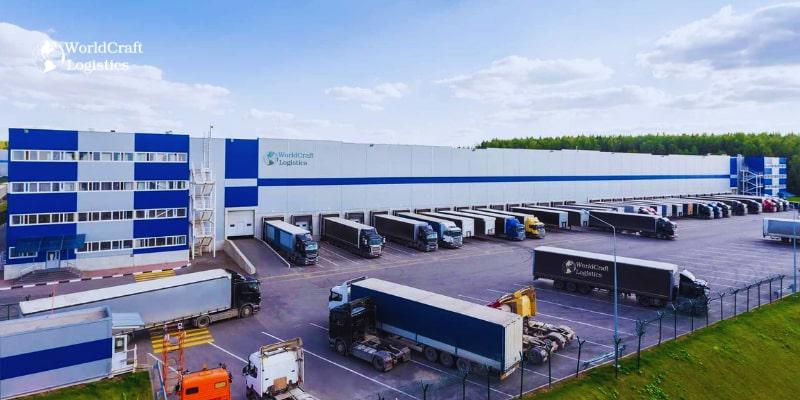
Recommended for growing businesses. 3PL providers have a network of fulfillment centers, offering the benefits of distributed warehousing with fewer drawbacks. While there are costs for storage, fulfillment, and shipping, businesses gain access to a broader network of locations without direct investment. 3PLs often provide added value with digital warehousing technologies for efficient SKU distribution and streamlined order processing.
If you need to find a reputable 3PL unit in the US, do not hesitate to contact Worldcraft Logistics, we will advise you on the best service and price for you.
Suitable for novice ecommerce businesses that start with one or two large warehouses in a central location. This traditional model can be inflexible and challenging to scale. Expansion requires significant capital investment and incurs high fixed operating costs.
Centralization means longer shipping distances, leading to slower fulfillment. However, it offers complete control over operations and good quality.
Best for businesses where storage is not a primary need and that service multiple channels. In this model, incoming merchandise is directly transferred from incoming to outbound vehicles, bypassing the need for storage.
It reduces storage costs, saves time and space, and accelerates fulfillment.
Ideal for businesses needing specific storage locations without the cost of owning or leasing warehouse space. Involves partnering with companies offering shared warehouse space.
Not typically a long-term solution due to the lack of a permanent location, varying management systems, potential fulfillment errors, and limited visibility.
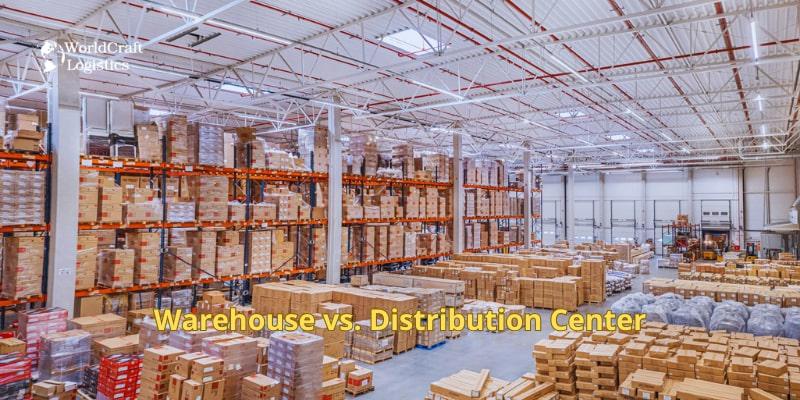
The distinction between warehouses and distribution centers is essential in understanding the supply chain management process. Both play critical roles, but their priorities and functions differ significantly.
☑️ Warehousing Basics:
Warehouses primarily focus on the efficient storage of a wide variety of goods, including raw materials, packing materials, and sometimes hazardous materials.
They can cater to different storage needs, handling everything from pallets of goods to larger bundles that are broken down for manufacturers.
Warehouses can offer both short-term and long-term storage solutions, ensuring consistency in production.
Key aspects include maintaining safety, security, and efficient systems to prevent disruptions in the supply chain. Issues like poor security or facility maintenance can greatly impact the businesses relying on these storage spaces.
☑️ Distribution Centers:
Distribution centers, on the other hand, emphasize the rapid and accurate movement of finished products.
While they also store inventory, their primary objective is to facilitate the swift transition of items to wholesalers, retailers, or directly to customers.
These centers are vital for the efficiency of the overall supply chain and distribution process. Their strategic location, storage capacity, and access to distribution channels are crucial factors.
With the rise of direct-to-consumer sales, distribution centers are increasingly important for moving products directly from the factory floor to customers.
They may also offer additional services, like handling the distribution of promotional items or internal goods for businesses.
In essence, the main difference lies in their focus: warehouses are geared towards efficient storage and inventory management, while distribution centers prioritize quick and accurate distribution of goods. Understanding this distinction is crucial for businesses operating within supply chains, especially when deciding on the most suitable logistics solutions for their specific needs.
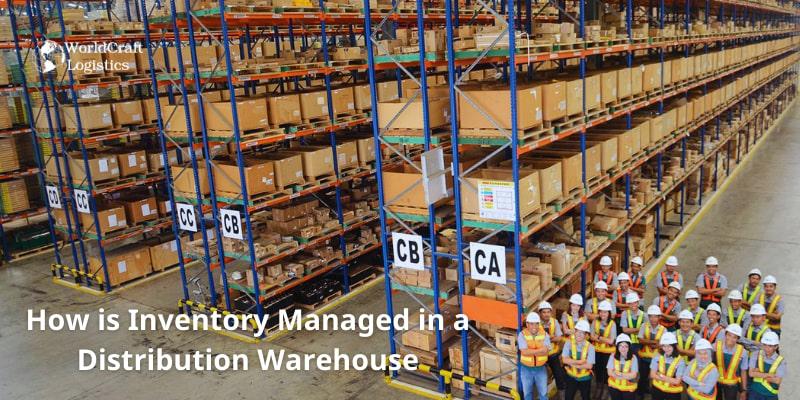
Inventory is managed using various systems like Warehouse Management Systems (WMS), which track stock levels, orders, and deliveries. These systems help in maintaining accurate inventory records and ensuring timely replenishment.
Safety and security are ensured through measures like 24/7 surveillance, secure access controls, fire safety systems, regular audits, and employee training on security protocols.
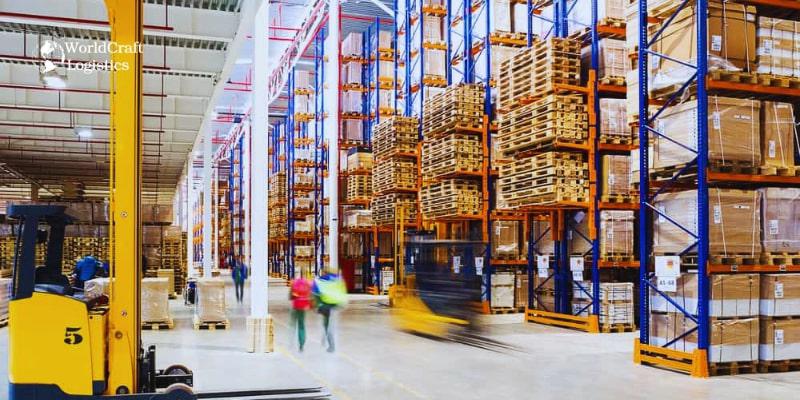
Key factors include proximity to key markets, transportation links, labor availability, operational costs, and the business’s specific logistics needs.
In conclusion, distributed warehousing is a key innovation in modern logistics, offering significant advantages in terms of efficiency, cost-effectiveness, and customer satisfaction. This approach, which strategically positions inventory closer to consumers, is essential for businesses looking to thrive in a market where speed and convenience are paramount. Adopting distributed warehouse can be a transformative step, enabling scalability and adaptability in a rapidly evolving commercial landscape. It's not just about storing goods anymore; it's about smartly positioning and moving them to meet the demands of a dynamic world. The future of warehousing is here, and it's distributed.
SEO
Digital Marketing/SEO Specialist
Simon Mang is an SEO and Digital Marketing expert at Wordcraft Logistics. With many years of experience in the field of digital marketing, he has shaped and built strategies to effectively promote Wordcraft Logistics' online presence. With a deep understanding of the logistics industry, I have shared more than 500 specialized articles on many different topics.

Education
01/05/2025

Education
02/18/2025

Education
01/01/2024
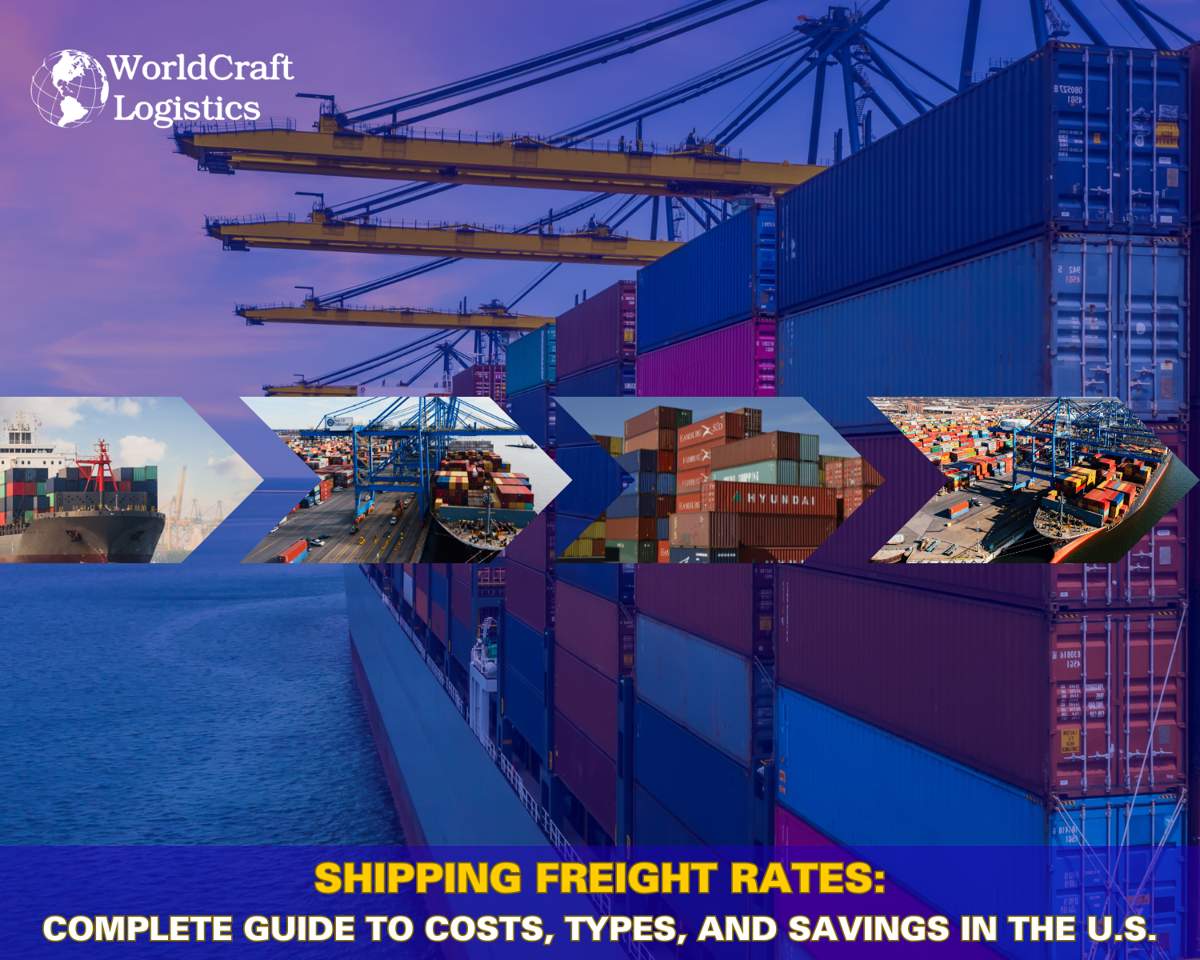
Education
09/09/2025

Education
08/28/2024